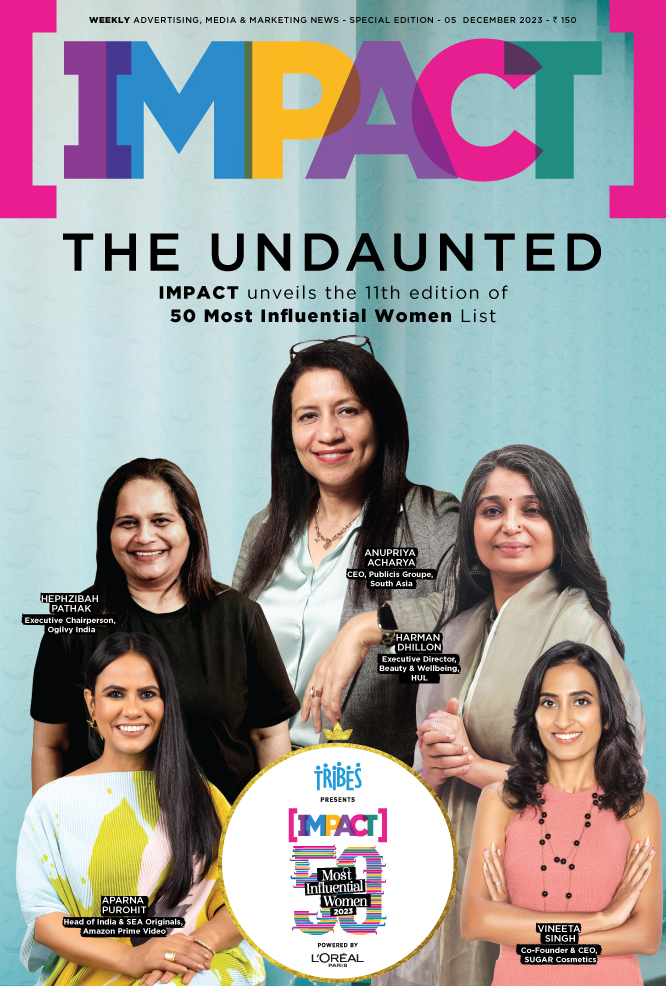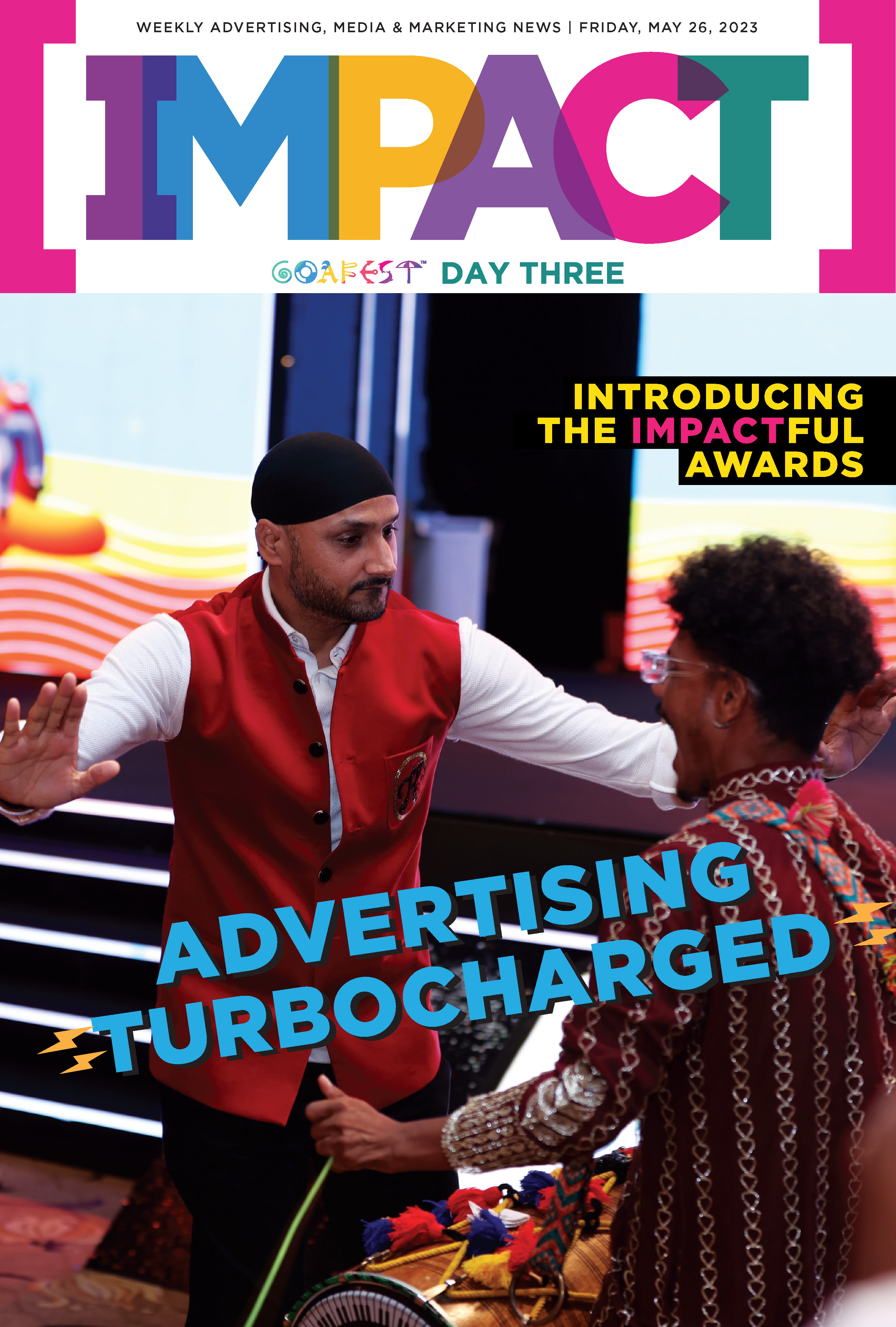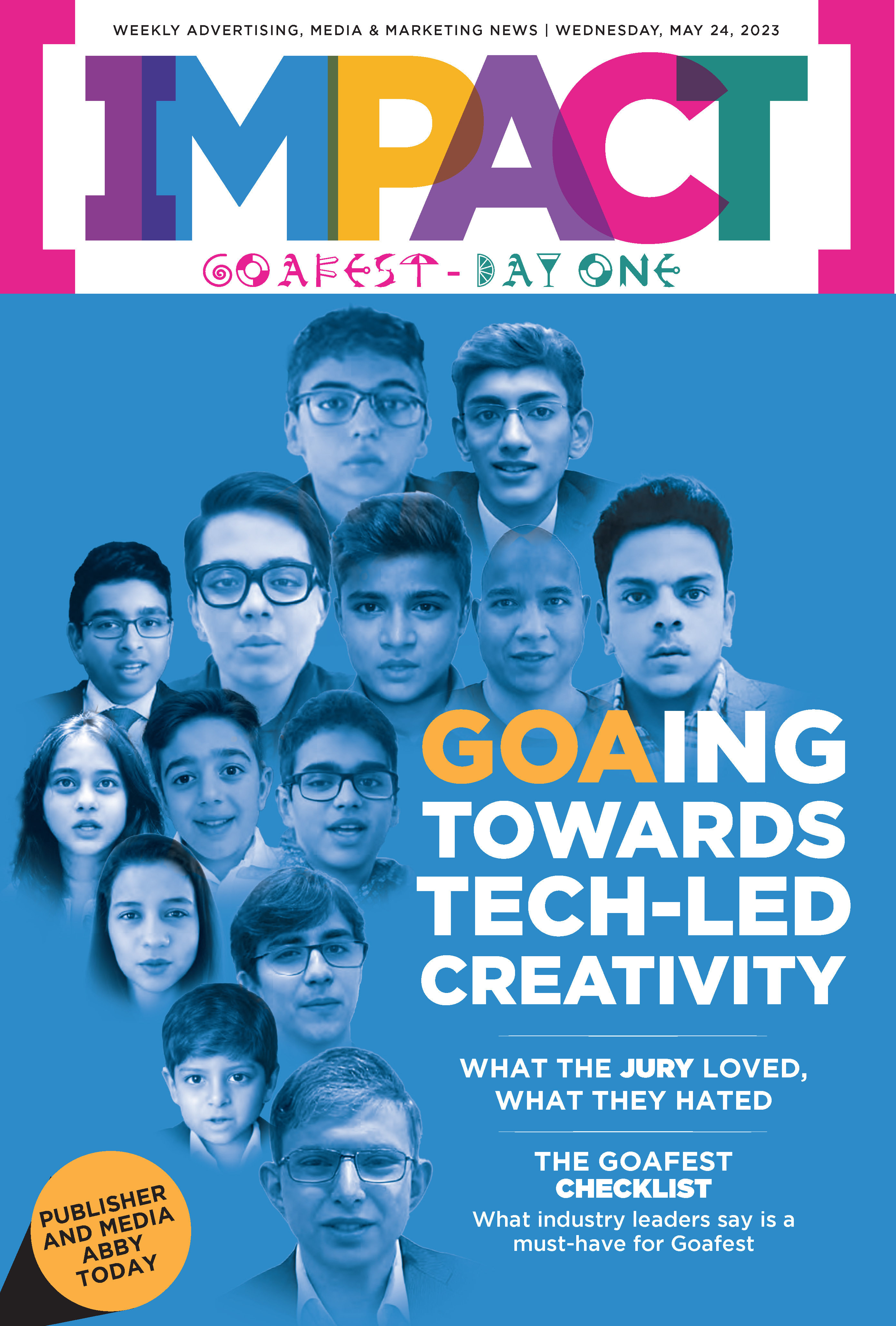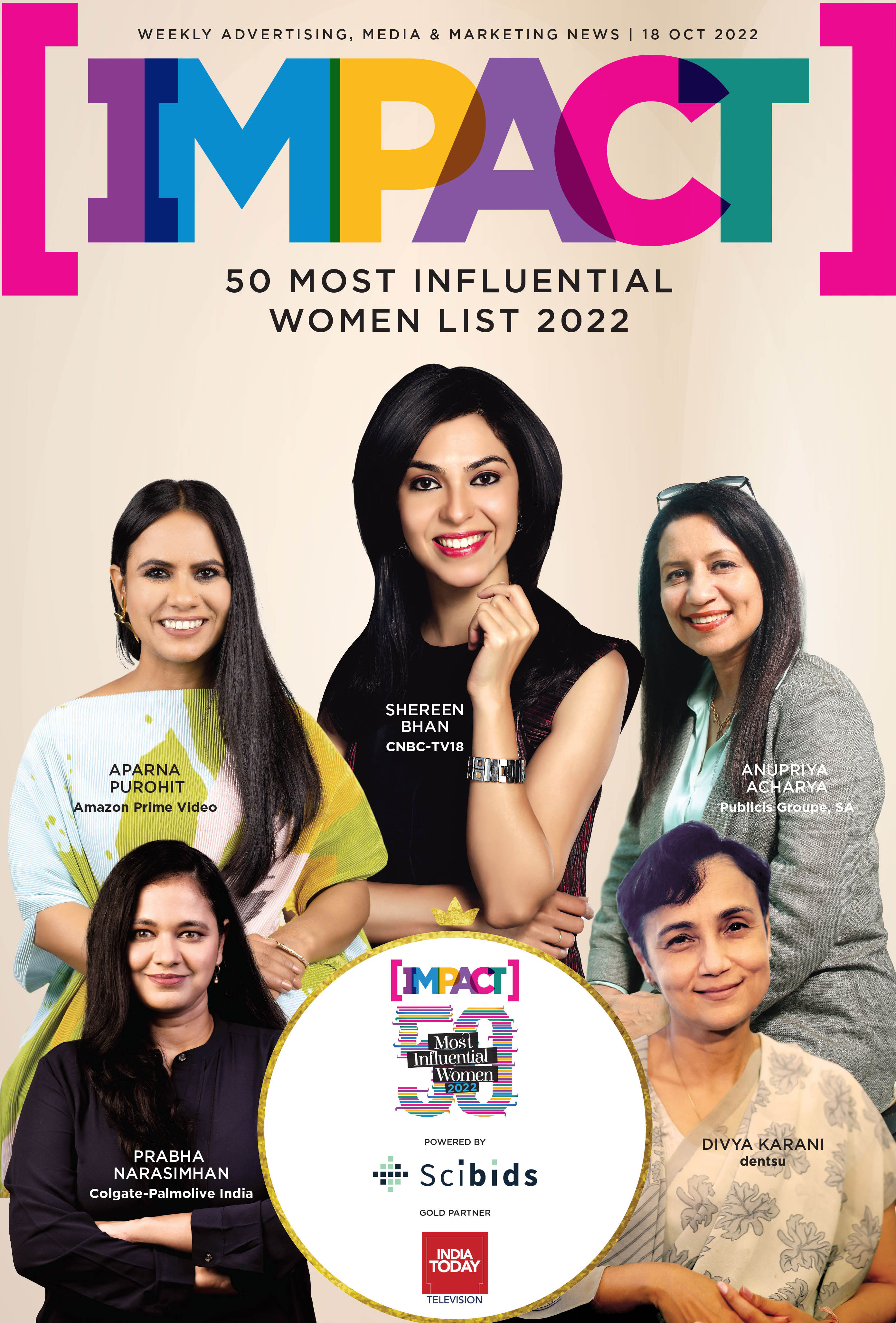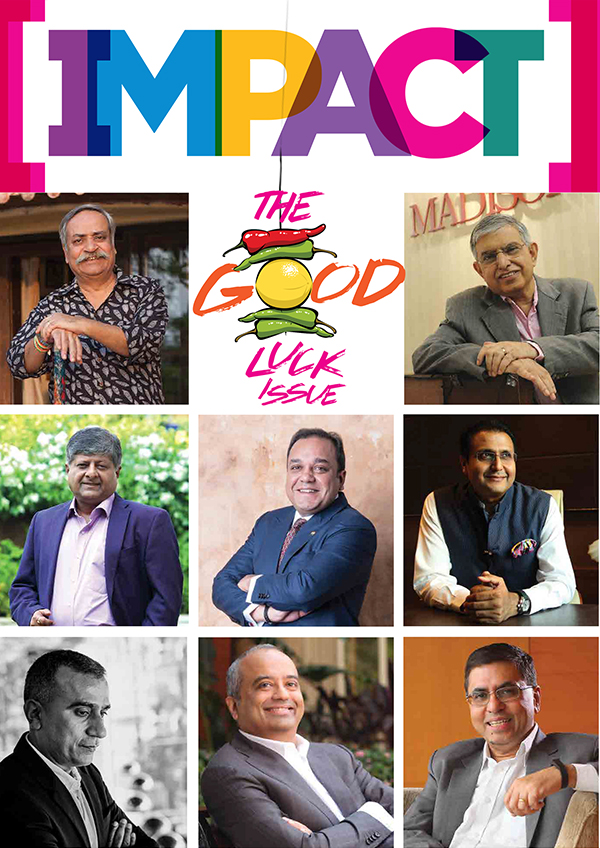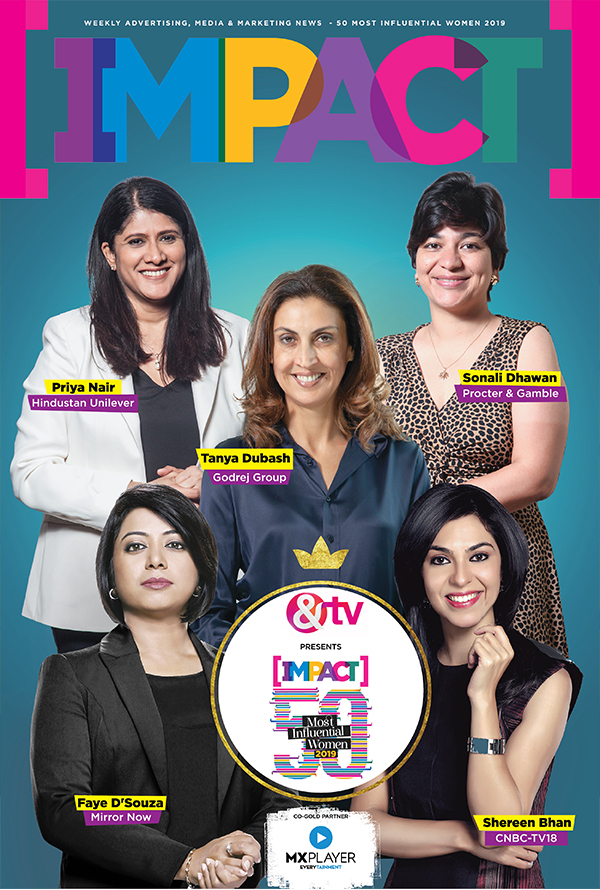India’s digital landscape is witnessing a demographic revolution. The next generation of internet users, largely from tier-2, tier-3 cities, and semi-urban regions, are redefining how brands communicate, connect, and convert. For marketers, this shift represents both a challenge and an unprecedented opportunity to rethink the fundamentals of engagement.
For years, marketing in India revolved around metros, English-speaking audiences, and aspirational imagery. That narrative no longer holds. The new internet user prefers authenticity over aspiration and relevance over glamour. They consume content in local languages, rely on peer reviews instead of celebrity endorsements, and connect better with humanised storytelling than polished ad scripts. To reach this audience, marketers must pivot from a one-size-fits-all approach to hyper-local personalisation, crafting campaigns that understand cultural nuances, vernacular tones, and behavioural triggers.
This evolution has also transformed the attention economy. Today’s users have shorter attention spans but sharper instincts. They are quick to scroll past superficiality but engage deeply with meaningful, relatable content. Successful brands are now mastering the art of “micro-moments”, capturing attention in seconds with clarity and emotion. In a world overloaded with information, simplicity has become a strategic advantage.
Another defining trait of this audience is their demand for transparency. Raised in the age of social media scrutiny, they can spot performative marketing instantly. They value brands that communicate honestly, admit imperfections, and stand for something beyond commerce. Authenticity has replaced aesthetics as the new measure of brand strength. In this new order, trust isn’t built through taglines but through consistent behaviour across touchpoints.
While data and AI continue to drive marketing intelligence, they must be balanced with empathy. The ability to understand not just “what” consumers do, but “why” they do it, defines the next level of impactful marketing. Using data responsibly, to simplify experiences, respect privacy, and anticipate needs, creates deeper loyalty than algorithmic targeting ever can.
Equally transformative is the rise of the creator economy. Today’s internet users trust creators and community voices far more than corporate advertising. The shift isn’t just about influencer marketing; it’s about co-creation. Collaborating with authentic storytellers who resonate with regional audiences delivers stronger credibility than mass campaigns. For marketers, this means building long-term relationships with creators who share their brand’s values rather than transactional partnerships driven by numbers.
Inclusion is emerging as the ultimate growth lever. The future of marketing will belong to brands that represent India in its true diversity, regional, linguistic, and social. Inclusivity in communication is no longer a checkbox; it’s a business imperative. Campaigns that make people feel seen, heard, and respected stand out in a crowded digital space. Genuine representation, beyond token gestures, will shape the next generation of brand love.
Finally, it’s time to redefine engagement. Metrics like clicks and impressions matter less than meaningful interactions. Campaigns that inform, educate, or empower users build sustainable recall. In this context, creativity and utility must coexist; advertising should not just inspire but also serve.
India’s next-gen internet users are not just passive consumers; they are active participants shaping the digital economy. They are rewriting marketing norms with their preferences, scepticism, and aspirations. The winning brands of tomorrow will be those that listen closely, adapt fearlessly, and communicate with integrity. Marketing, in this new India, is not about reaching everyone; it’s about connecting with someone, genuinely.












